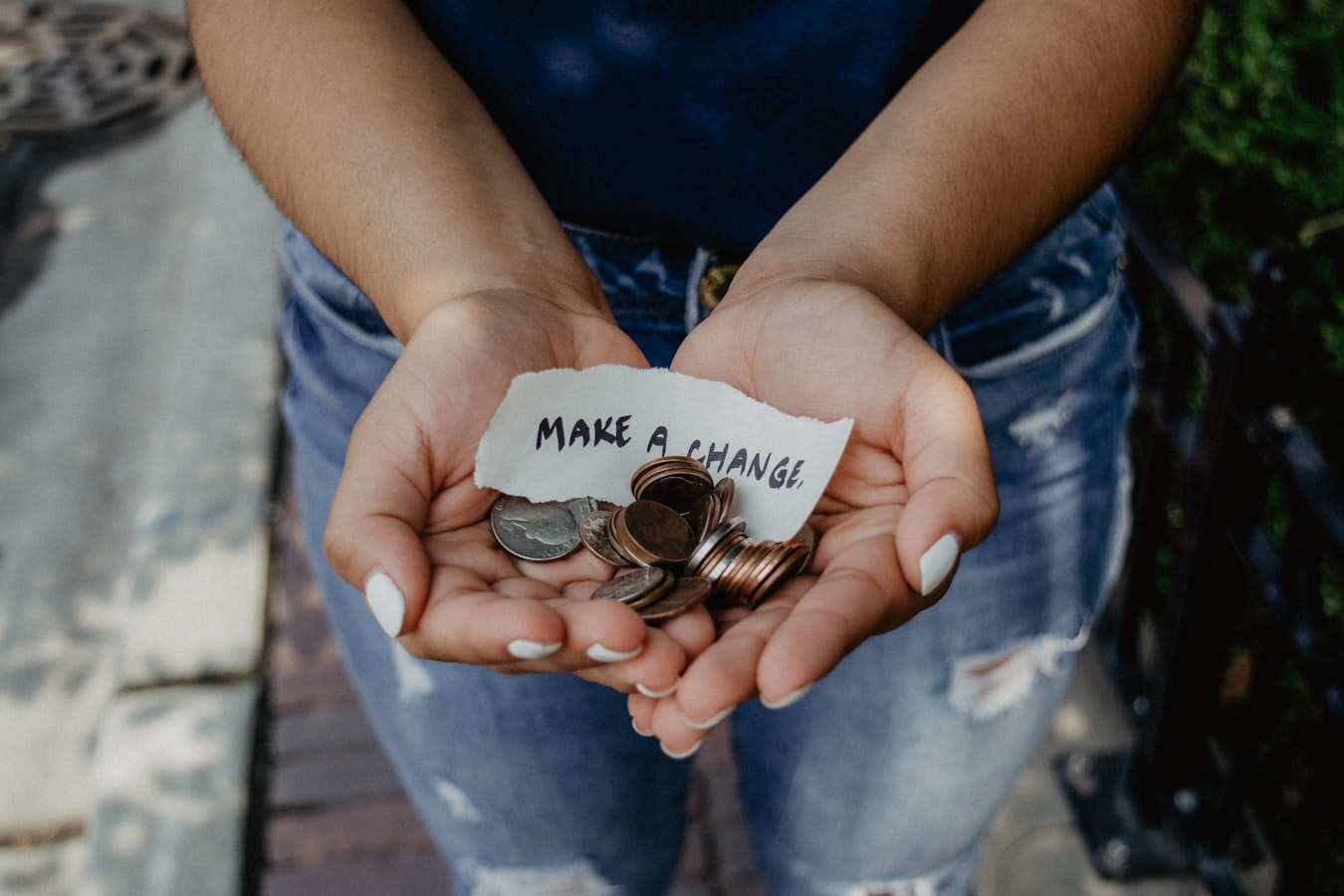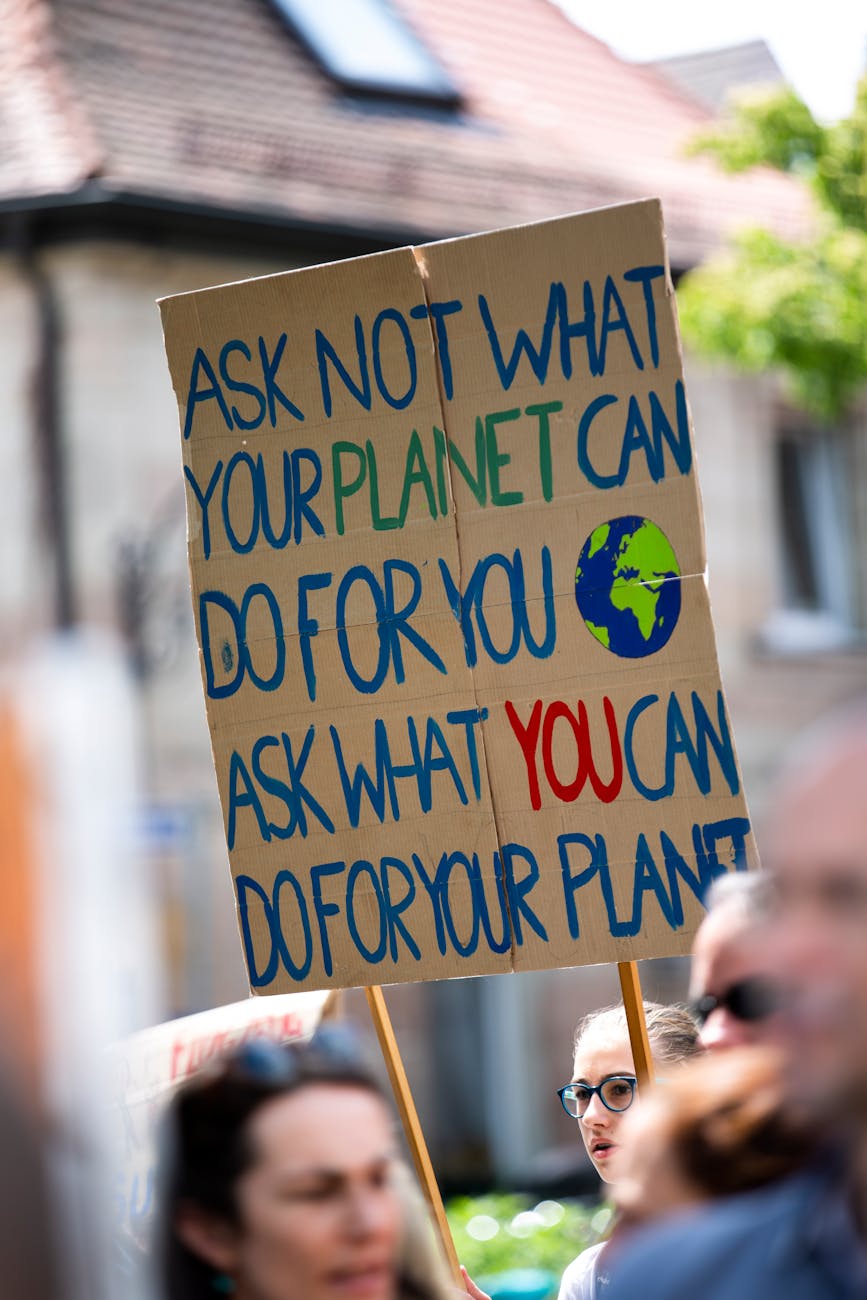Plastic can take thousands of years to break down and decompose.

Sources of ocean plastic
Ocean plastic can come from the land and from marine-based activities. Several land-based plastic sources include inadequate waste management and disposal, sewer overflows, illegal dumping, and urban and storm runoff. Not all plastic are large in size. Microplastic includes microfibers from washing clothes and microbeads from personal care products such as soaps and shampoos. Plastic from land sources that end up in rivers are carried to the ocean. Marine-based plastic such as nets, fishing gear, and ropes come from fishing, aquafarming, and nautical activities.
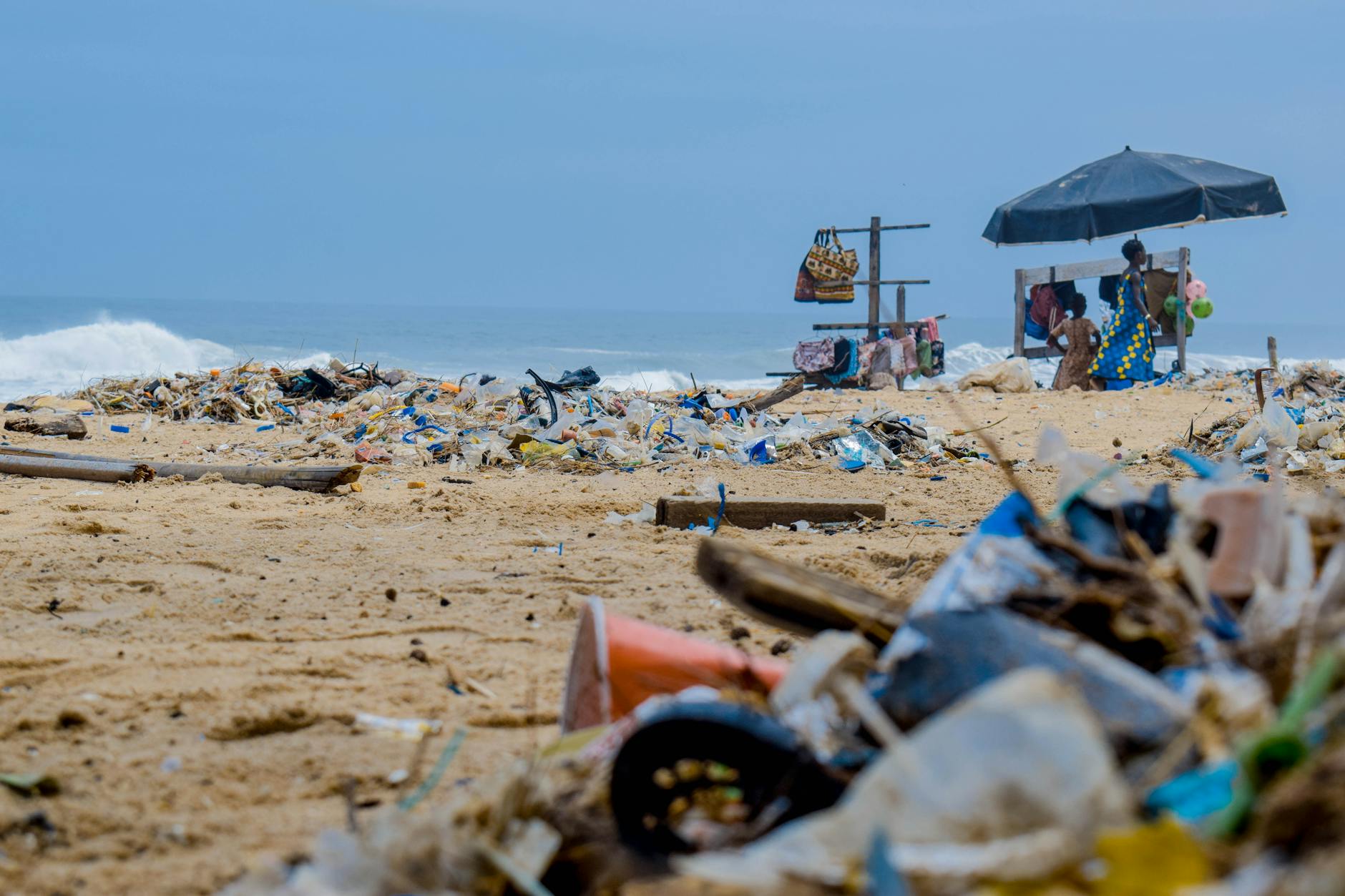
Where the plastic goes
Trash and plastic pollution can gather and reside in gyres, or systems of circulating ocean currents. The Great Pacific Garbage Patch is in the middle of the North Pacific Subtropical Gyre. Garbage patches contain both large objects, such as fishing gear, and small objects, such as microplastics. Plastic can be found near the ocean's surface, on the ocean floor, and on shorelines. The problem with plastic is that it does not immediately go away on its own. As time passes, ocean plastic breaks down into microplastic, which makes collecting plastic and cleaning up the ocean very difficult.

Negative effects on marine life
Some animals, including sea turtles and whales, can become trapped in plastic debris like nets and six-pack soda rings, which leaves them helpless in the water. Other marine organisms ingest plastic, which has harmful effects. Sea birds mistake small plastic pieces for food, while mussels take in small plastic particles. Fishing gear and other debris can damage coral reefs and their ecosystems. Plastic pollution can transport marine organisms from one continent to another. If the new species is invasive, it can increase competition for food or crowd out native species.
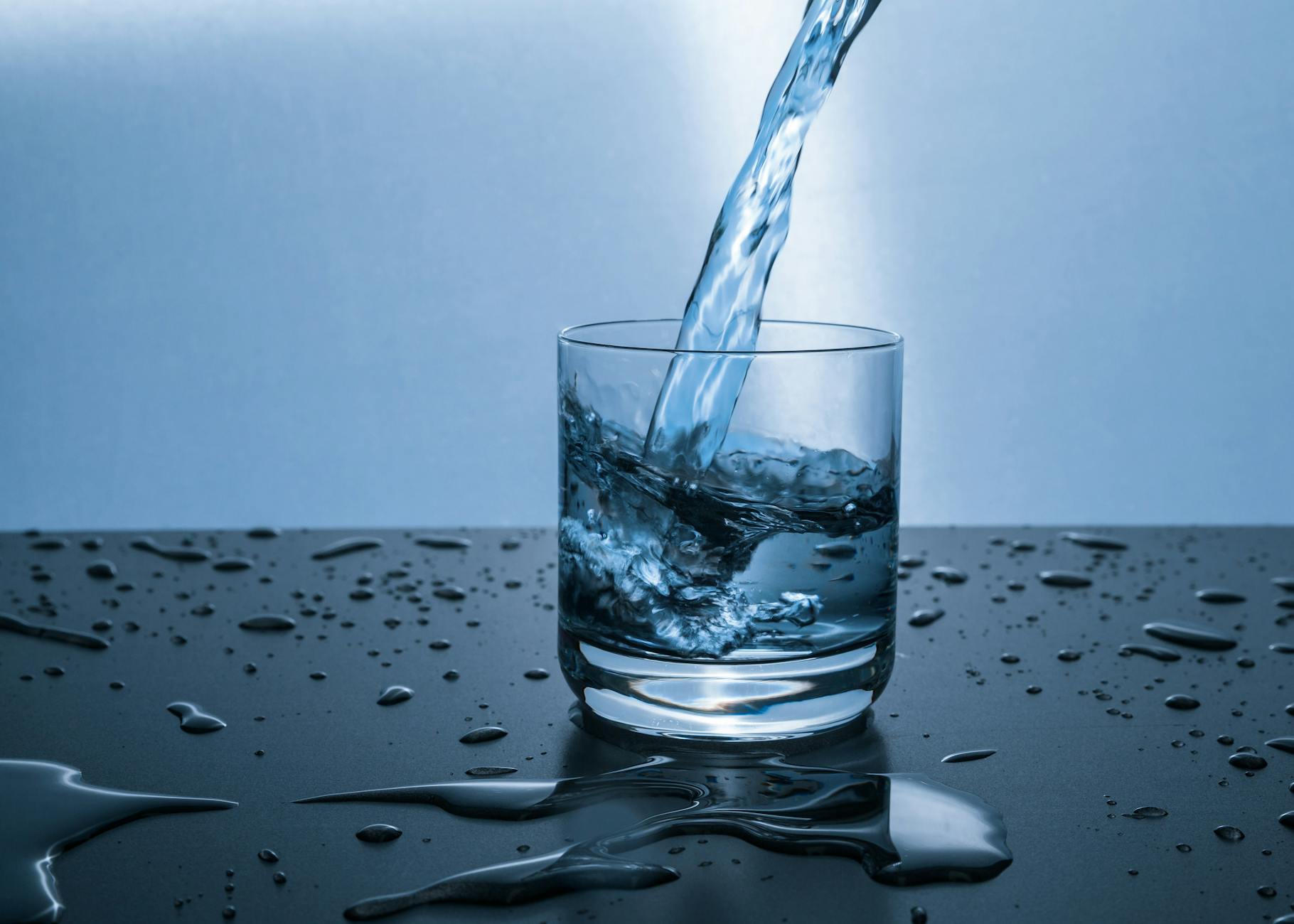
Negative effects on food and health
In the U.S., more than 90 percent of tap water contains nanoscale plastics that are invisible to the human eye, according to Washington State University assistant professor Indranil Chowdhury. Drinking water plants cannot adequately remove nanoplastics, and their environmental and health effects are unknown. After prolonged exposure to seawater, a plastic's surface can collect harmful contaminants. When marine organisms ingest plastic, contaminants enter their bodies and then accumulate in the food web. Eating seafood with these chemicals can lead to health problems.
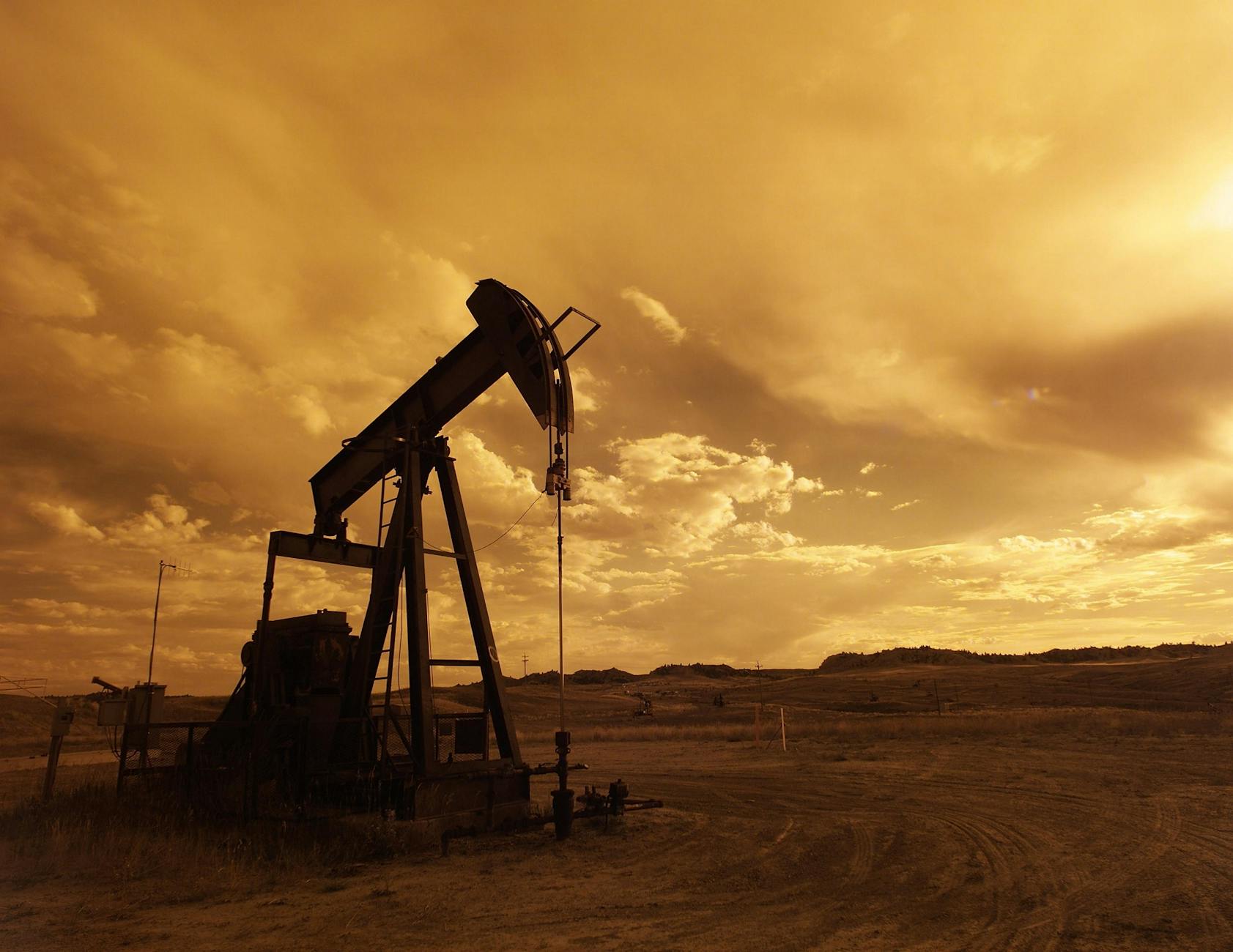
Impact on natural resources
Plastic is made of natural resources like crude oil, coal and natural gas. Disposable plastic products are an example of inefficient use of limited resources because plastic is used for a short amount of time before it is discarded. Plastic can contribute to climate change. After plastic is exposed to seawater and sunlight, it can emit ethylene and methane (greenhouse gases). When plastic (made of petroleum) is incinerated, it releases pollutants and carbon dioxide (greenhouse gas). Greenhouse gases trap the sun's heat in the atmosphere, causing ice to melt and the sea level to rise.
